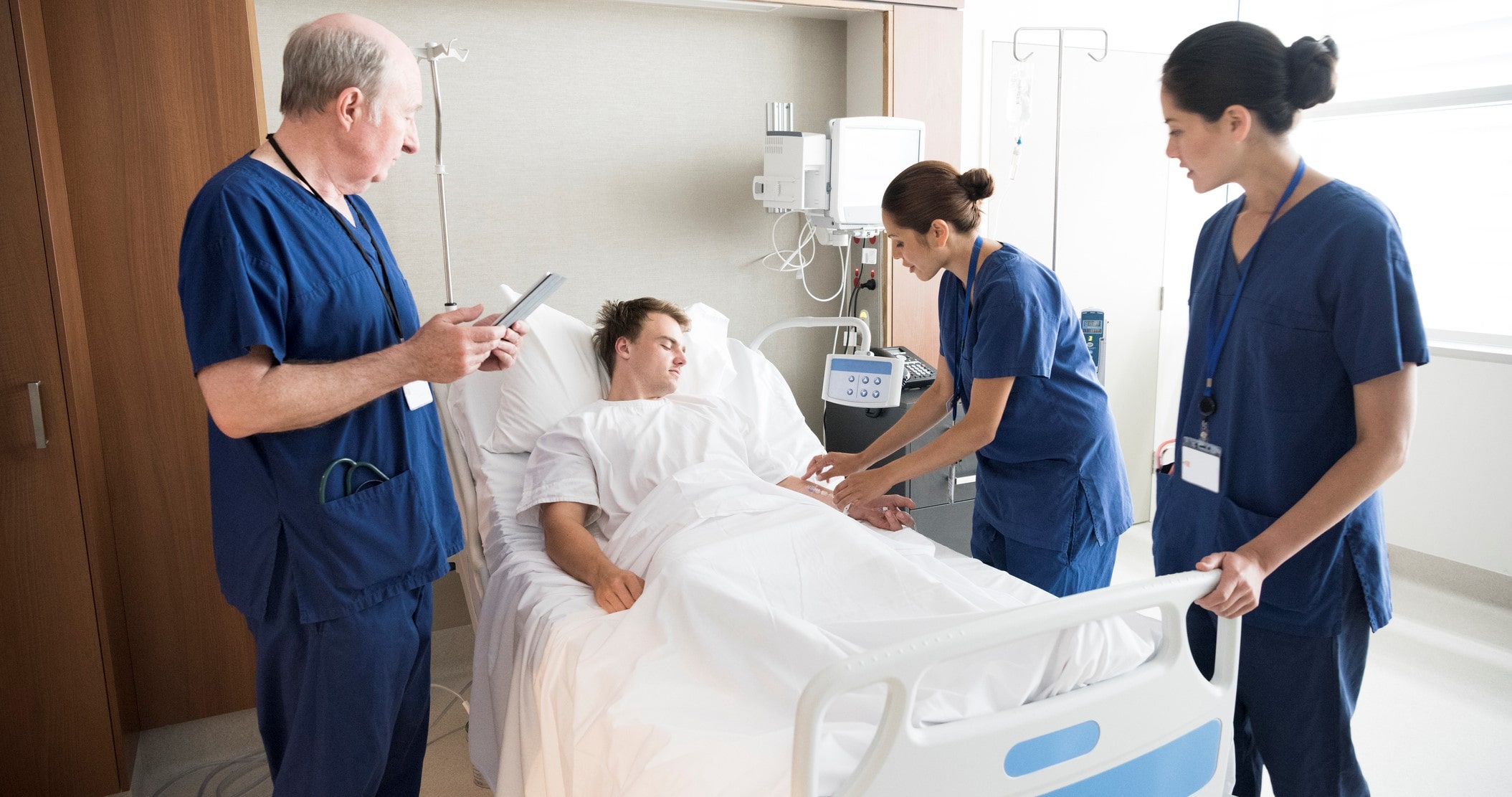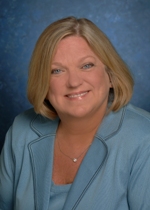
AHA Offers Suggestions for Reconfiguring Bedside Care
If there’s one thing people in healthcare can count on, it’s that more changes are coming. As the population ages and needs more care, patients with multiple chronic conditions experience acute episodes, and millions more people enter the healthcare system as a result of the Affordable Care Act, bedside care will change.

Joan Shinkus Clark, DNP, RN, NEA-BC, CENP, FACHE, FAAN, feels it will be essential in the new healthcare environment to work in partnership across the care continuum.
“We have to stop thinking of discrete episodes of care and work together in a partnership across the entire care continuum if we want to best serve patients in the future,” said Joan Shinkus Clark, DNP, RN, NEA-BC, CENP, FACHE, FAAN, senior vice president/chief nurse executive of Texas Health Resources in Arlington, Texas.
“We know that the whole paradigm is going to shift for inpatient care,” she continued. “We know our delivery model will have to respond. Hospitals that have not yet thought about doing things differently to enable and facilitate a collaborative environment in this new reality may very well find themselves caught behind the eight ball.”
The American Hospital Association (AHA) recently convened a roundtable of experts, including Clark, to discuss reconfiguring the traditional bedside care team to better meet the needs of today’s patients. Multidisciplinary teams, with professional staff working to the full extent of their licensure and non-licensed staff assuming greater roles, will provide care in a patient- and family-centered manner.
“The team will have to adjust to one or more team leaders, moving away from having only the physician serve in such a role,” the resulting AHA report read. “The team members also will need more training in leading teams, developing a stronger focus on outcomes and becoming aware of costs.”
To begin the process of reconfiguring the beside care team, AHA recommends assessing the current status of bedside care and determining ways to ensure excellence in the future. Next, it suggests educating clinicians about interprofessional teamwork and how to contribute to teams, meeting with stakeholders about simplifying processes, analyzing the use of technology and employing it to improve safety and communication, considering patients’ nonclinical needs and focusing on the role of the acute-care hospital.
The roundtable of experts came up with six principles necessary for deep and lasting change in care models to occur. They suggested hardwiring the principles in “a transformed system to guide innovation toward population-based needs identification and individualized application,” and offered functional must-haves that form a foundation before organizations can move on to “cutting-edge practices.” The six principles are:
1. “The patient and family are essential members of the core care team.
2. Bedside care team members are fully engaged at the broadest scope of their practice.
3. The bedside care team is focused, highly effective and autonomous, coordinating communication with the patient/family.
4. Evidence-based guidelines that improve care are developed and consistently followed by every bedside care team member.
5. Technology should replace some clinical tasks, augmenting decision-making and complementing the clinical judgment of the care team.
6. Patients needing acute care move safely through the healthcare system no matter where they are in the care cycle--whether at the onset of disease, in the middle of community-based care or at the end of life.”
The AHA offered three examples of organizations at the forefront of establishing innovative, highly effective bedside care teams, modeled on the six principles. They include Prairie Lakes Healthcare System in Watertown, S.D.; Brigham & Women’s Hospital in Boston; and Texas Health Resources in Arlington, Texas. Jill Fuller, PhD, RN, CEO of Prairie Lakes, served on the roundtable.
Prairie Lakes developed self-organized, agile, three-person teams whose composition varies depending on the needs of the patients. Every team caring for 10 to12 patients includes an expert nurse with decision-making responsibility. One of the other two members is usually a nurse, and the third may be an aide, LPN or RN, depending on the need.
“They have adopted more ownership of the work and take pride in being adoptive and agile,” said Shelly Turbak, RN, MSN, chief nursing officer at Prairie Lakes. “We’ve gained an ability to change, and it has improved morale and productivity.”
Additionally, the model includes a resource nurse, who does not carry a patient load, and care technicians, which combine the responsibilities of the unit secretary and nursing assistant. The resource nurse manages bed control on two units, mentors new staff, assists physicians with time-intensive procedures, helps with admissions and discharges, and checks with nurses to monitor how they are doing and if they need help. Hospital employees came up with the idea in an effort to improve efficiency and patient care, and have found after 10 years it has been budget-favorable.
“It has helped minimize turnover, because staff feel empowered and are working as a team,” Turbak said. “Everyone looks out for one another.”
Brigham & Women’s developed team-based bedside care to improve physician training. Attendings, residents, and medical and pharmacy students work with an RN care coordinator, a physical therapist and a social worker. They round together. The AHA report said the “teams are proof that the traditional, hierarchical structures in existence in most healthcare systems today can evolve and change if supported by leadership and consistent education and evaluation by all involved.”
Texas Health Resources has embraced the 12-bed hospital concept for its new care model. A baccalaureate-prepared nurse, serving as a patient care facilitator, integrates care and serves as an interdisciplinary team leader throughout the patient’s stay. Additionally, master’s-prepared clinical nurse leaders (CNLs) are assigned 12 to 16 patients, and on the outpatient side, they work with health coaches to coordinate the care of 600 physicians’ patients. The model gives nurses a clear career path. The nurses become the communication focal point and partner with other members of the team, so patients have a coordinated experience across a comprehensive array of health services.
“The clinical nurse leaders at Texas Health Resources, around 85 who will be in place by 2014, will be the quarterbacks for the care coordination in all of our hospitals and provide a seamless experience for patients all along the continuum of care,” Clark said. “Because of their training, the CNL also acts as quarterback for the delivery team in their patient cohort. The CNL curriculum is provided through an academic service partnership with Texas Christian University in Fort Worth, and we expect high reliability outcomes and improved quality of care as a result of deploying this new model.”
© 2013. AMN Healthcare, Inc. All Rights Reserved.


